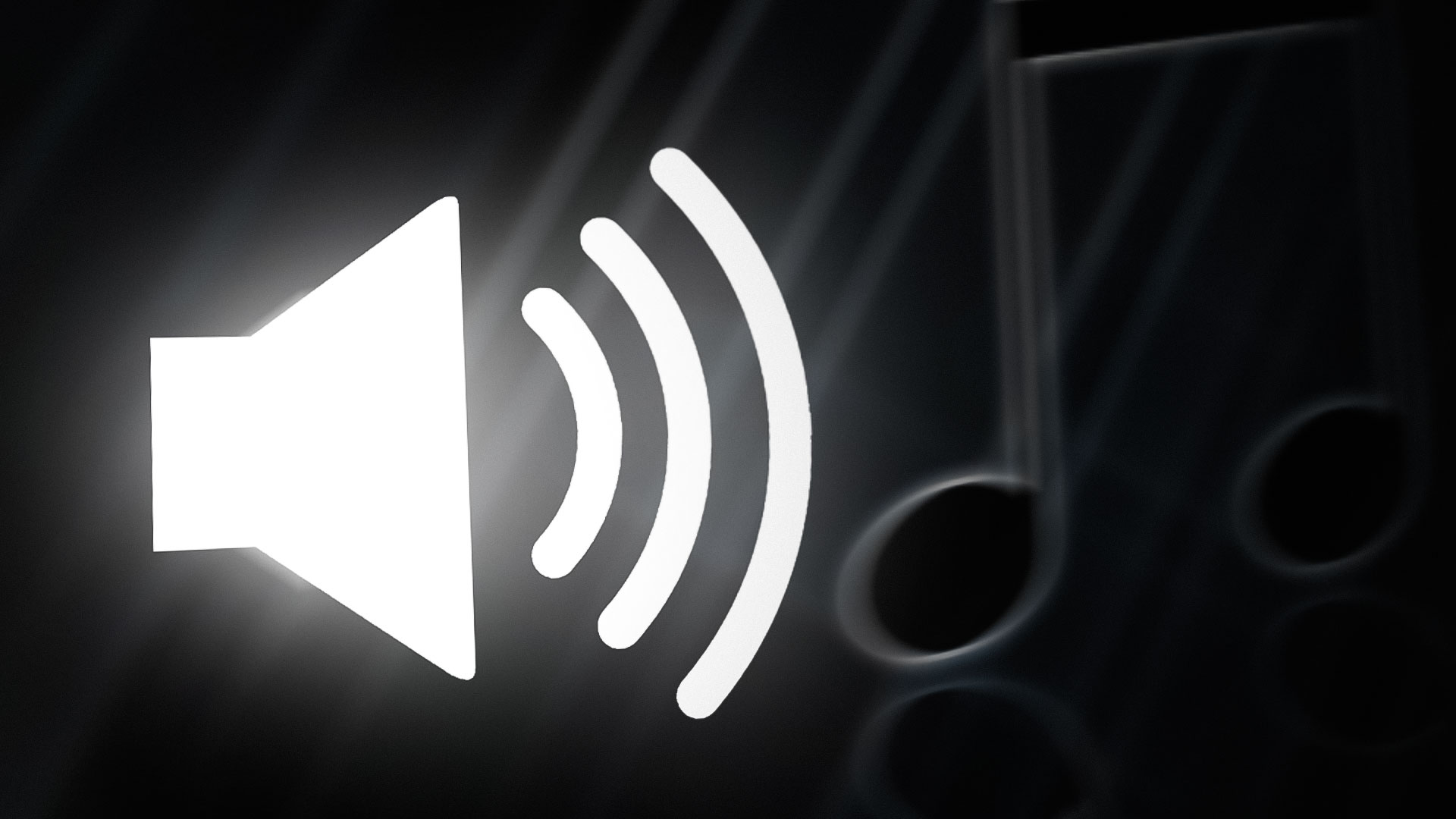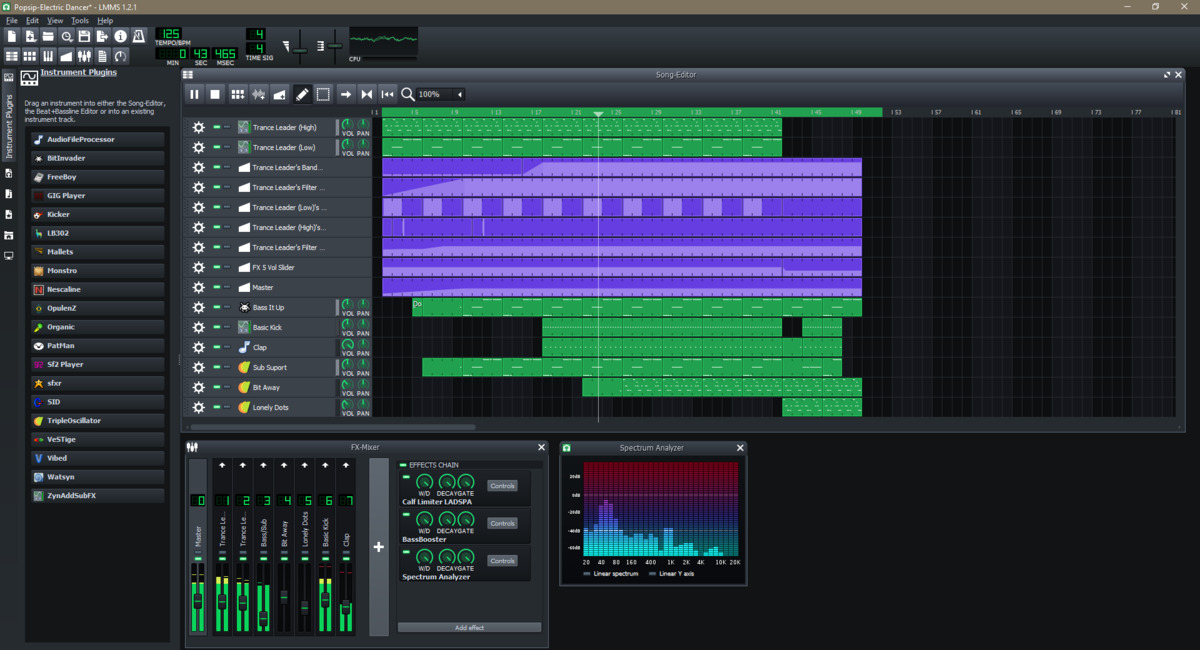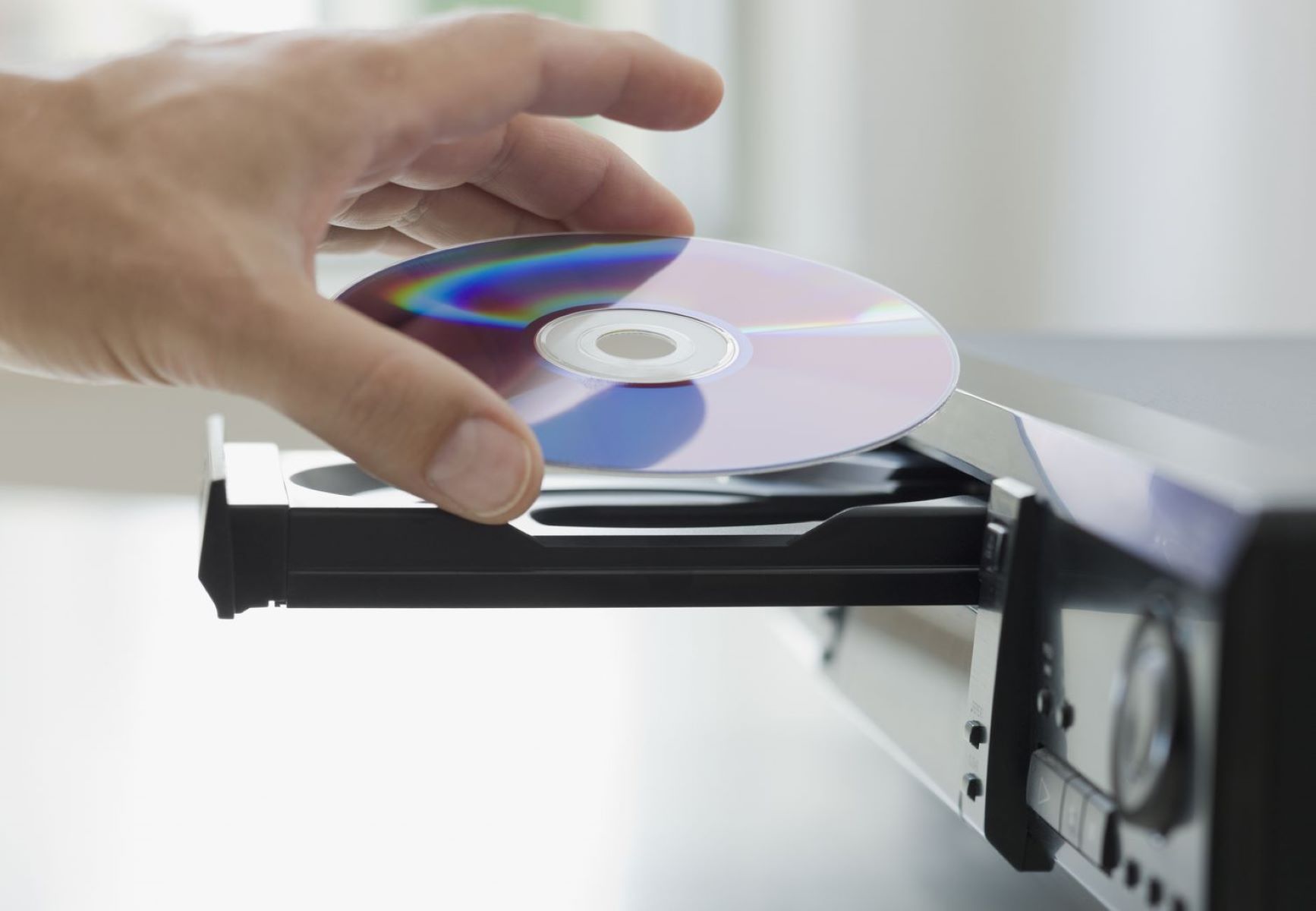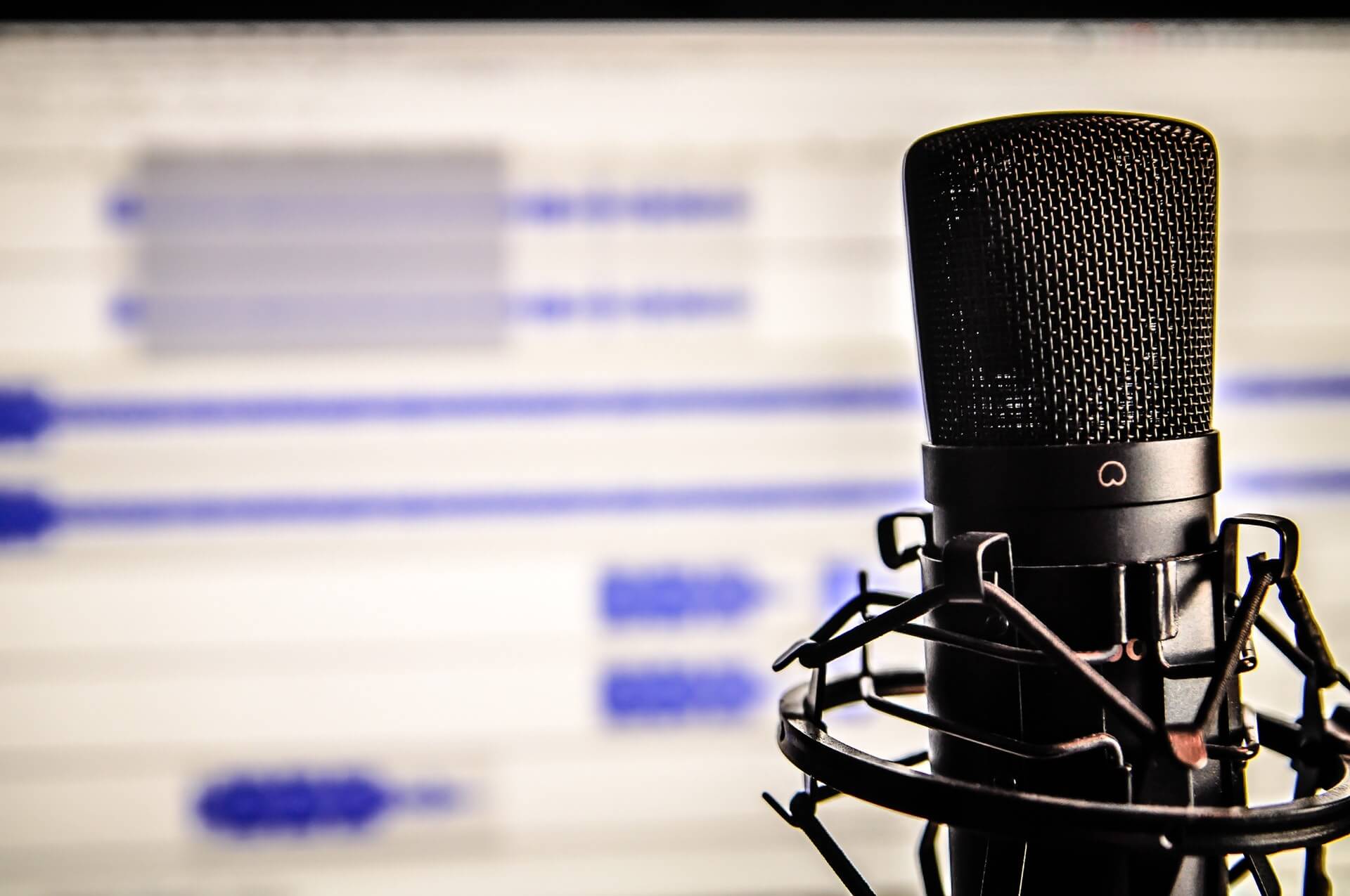Home>Production & Technology>MP3>How To Transcribe MP3 To Text


MP3
How To Transcribe MP3 To Text
Modified: January 22, 2024
Learn how to easily transcribe MP3 files into written text with our step-by-step guide. Save time and effort by converting your audio files into readable documents.
(Many of the links in this article redirect to a specific reviewed product. Your purchase of these products through affiliate links helps to generate commission for AudioLover.com, at no extra cost. Learn more)
Table of Contents
Introduction
Transcribing MP3 files to text can be a valuable skill for individuals and businesses alike. Whether you need to transcribe interviews, podcasts, lectures, or any other audio content, converting it into text format can make it easier to search, analyze, and share information. Fortunately, there are several methods available to transcribe MP3 to text, ranging from manual transcription to automatic transcription software and online services.
In this article, we will explore these different methods and provide tips for achieving accurate transcription results. So, whether you’re a journalist conducting interviews, a student taking notes during a lecture, or a business professional looking to analyze customer feedback, this guide will help you choose the best approach for transcribing your MP3 files.
It is important to note that transcription can be a time-consuming process, requiring attention to detail and a good command of the language being transcribed. However, with the right tools and techniques, you can streamline the process and obtain accurate transcripts in no time.
Now, let’s dive into the different methods you can use to transcribe MP3 files to text.
Method 1: Manual Transcription
Manual transcription involves listening to the audio file and typing out the spoken words into a text document. While it is a time-consuming process, manual transcription allows for greater control and accuracy in capturing all the nuances of the audio.
To transcribe MP3 files manually, follow these steps:
- Choose a reliable playback tool: Use a media player that allows you to easily pause, rewind, and adjust the playback speed of the audio. This will help you navigate through the file more efficiently.
- Prepare your transcribing environment: Find a quiet place where you can concentrate and eliminate distractions. Use noise-canceling headphones to improve audio clarity.
- Start transcribing: Play the MP3 file and start typing out the spoken words verbatim. Try to capture not only the words but also any non-verbal cues such as laughter, pauses, or background noises.
- Use time stamps: Include time stamps at regular intervals (e.g., every minute) to make it easier to reference specific sections of the audio later on.
- Proofread and edit: Once you have transcribed the entire file, go back and proofread your work. Correct any spelling or grammatical errors and make sure your transcript accurately reflects the spoken content.
Manual transcription can be a demanding task that requires patience and attention to detail. However, it offers the advantage of giving you complete control over the accuracy and quality of the transcript. It is particularly useful when the audio quality is poor, or there are multiple speakers with overlapping dialogue.
However, it’s important to note that manual transcription can be time-consuming, especially for longer recordings. If you have a tight deadline or a large volume of audio to transcribe, you may want to consider other methods such as automatic transcription software or online transcription services, which we will explore next.
Method 2: Automatic Transcription Software
Automatic transcription software utilizes advanced algorithms and technology to convert spoken words from an MP3 file into text automatically. This method can significantly speed up the transcription process and save you a considerable amount of time.
Here’s how you can use automatic transcription software:
- Select a reliable automatic transcription tool: There are several software options available, such as Otter.ai, Rev, and Trint, that offer automatic transcription services. Research and choose a tool that suits your specific needs and budget.
- Upload your MP3 file: Once you have chosen a software, upload your MP3 file to the platform. The software will then analyze the audio and transcribe it into text.
- Review and edit the transcript: After the automatic transcription is complete, you will have the opportunity to review and edit the transcript. Automatic transcription software is not always 100% accurate, so it’s essential to check for any errors or discrepancies.
- Download or export the final transcript: Once you are satisfied with the transcript, you can download it in a text file format or directly export it to other applications for further editing or analysis.
Automatic transcription software is a convenient option for transcribing MP3 files, especially when time is of the essence or when dealing with a large volume of audio. It can save you the laborious task of manually transcribing every word. However, it’s important to keep in mind that the accuracy of automatic transcription may vary depending on factors such as audio quality, speech clarity, and background noise.
Some software also offers features like speaker identification and the ability to highlight keywords, making it easier to navigate through the transcript. Additionally, many automatic transcription tools allow you to integrate with productivity tools and cloud storage platforms, further enhancing the usability and accessibility of your transcriptions.
However, it’s always a good idea to review and edit the transcript generated by the software to ensure accuracy, especially if the content requires precision or if your audio quality is suboptimal.
Method 3: Online Transcription Services
If you’re looking for a convenient and reliable way to transcribe your MP3 files, online transcription services can be a great option. These services employ professional transcribers who are skilled in converting audio into accurate and well-formatted text.
Here’s how you can use online transcription services:
- Choose a reputable online transcription service: There are several online transcription platforms available, such as Rev, GMR Transcription, and GoTranscript. Research and select a service that fits your needs in terms of turnaround time, pricing, and language support.
- Upload your MP3 file: Once you’ve chosen a service, upload your MP3 file to their platform. Usually, you can do this directly from your computer or through cloud storage services like Dropbox or Google Drive.
- Provide specific instructions: When submitting your audio file, you may have the option to provide specific instructions to the transcriber. This could include information about any jargon, technical terms, or formatting requirements specific to your content.
- Wait for the transcribed result: The online transcription service will assign your file to a transcriber who will listen to the audio and transcribe it into text. The turnaround time will depend on the length of the audio and the chosen service’s delivery timeframe.
- Review and download the transcript: Once the transcript is ready, you will receive a notification. Review the transcript for accuracy and make any necessary edits. After you are satisfied, you can download the transcript in a text file format.
Online transcription services offer several advantages, including access to experienced transcribers who can accurately capture the audio content and deliver a polished transcript. These services are especially useful when dealing with complex audio, multiple speakers, or specialized industries that require subject-matter expertise.
When choosing an online transcription service, consider factors such as turnaround time, confidentiality measures, customer reviews, and pricing. Some services may offer additional features like timestamps, speaker identification, or verbatim transcription, so be sure to explore their offerings to find the best fit for your transcription needs.
While online transcription services may come at a cost, they often provide a balance between accuracy, convenience, and time-saving, making them a preferred choice for individuals and businesses seeking professional transcription solutions.
Method 4: Voice Recognition Software
Voice recognition software, also known as speech-to-text technology, can be a useful method for transcribing MP3 files. This software uses algorithms to convert spoken words into text by analyzing the audio input.
Here’s how you can use voice recognition software for MP3 transcription:
- Choose a reliable voice recognition software: There are several voice recognition software options available, such as Dragon NaturallySpeaking, Google Speech-to-Text, and Microsoft Azure Speech-to-Text. Research and select a software that suits your needs in terms of accuracy, ease of use, and compatibility.
- Prepare your audio input: Ensure that your audio file is in a compatible format supported by the voice recognition software. You may need to convert your MP3 file to a compatible format if required.
- Configure the software: Install and configure the voice recognition software on your computer. Follow the software’s guidelines to set up the audio input, language preferences, and any other specific settings.
- Start the transcription: Once the software is properly configured, open the audio file in the software and initiate the transcription process. Some software may require you to read a set of predefined phrases or train the software with your voice for better accuracy.
- Proofread and edit the transcript: After the voice recognition software completes the transcription, review the text output for any errors or inaccuracies. Voice recognition software may not be 100% accurate, especially in cases of accents, background noise, or complex audio.
- Make necessary edits and formatting: Correct any mistakes and ensure that the transcript is formatted correctly with appropriate paragraph breaks, punctuation, and speaker identification if required.
Voice recognition software offers the advantage of speed and convenience, especially for individuals who prefer dictating their thoughts rather than typing. However, it’s important to note that the accuracy of voice recognition software can vary based on factors such as audio quality, speaking clarity, and personal pronunciation and articulation.
For best results, it’s recommended to use voice recognition software in a quiet environment with clear audio input. Additionally, familiarizing yourself with the software and its features can help optimize the transcription process.
Remember that even with voice recognition software, it’s essential to review and edit the transcript for accuracy and readability. Depending on your specific requirements, you may need to make additional adjustments to ensure the transcript meets your desired level of quality.
Tips for Accurate Transcription
Transcribing MP3 files can be a challenging task, but with these tips, you can improve the accuracy and efficiency of your transcriptions:
- Use high-quality audio: Ensure that the MP3 file you are transcribing has good audio quality. Clear and well-recorded audio will make it easier to discern words and accurately transcribe them.
- Transcribe in short segments: Break down the audio file into smaller sections and transcribe them one at a time. This approach helps maintain focus and reduces the chances of missing important details.
- Listen carefully and use playback controls: Pay close attention to the audio and use the playback controls to replay sections that are difficult to comprehend. It’s crucial to capture all the spoken words accurately.
- Use headphones: Utilize headphones while transcribing to minimize external noise and improve audio clarity. Noise-canceling headphones can provide an added advantage in isolating the audio from distractions.
- Research terminology: If you encounter technical or industry-specific terms during transcription, take the time to research and understand their correct spelling and usage. This will ensure accuracy in your transcript.
- Proofread and edit: After completing the transcription, thoroughly proofread and edit the transcript. Check for consistency, spelling errors, and punctuation mistakes. Ensure that the transcript reads smoothly and accurately reflects the spoken content.
- Collaborate with others: If you’re transcribing interviews or group discussions, consider collaborating with another person. They can help verify difficult-to-understand parts and provide a second opinion on accuracy.
- Use transcription software: Explore transcription software that assists with playback speed control, automatic time-stamping, or timestamp insertion. These features can save time and improve the transcription process.
Remember, practice makes perfect. The more you transcribe, the better you will become at capturing spoken words accurately and efficiently. Take breaks when needed to prevent fatigue and maintain focus.
Lastly, it’s important to be patient and persistent. Transcription can be a time-consuming task, but with time and experience, you will improve your speed and accuracy. Don’t hesitate to experiment with different methods and tools to find the workflow that works best for you.
Conclusion
Transcribing MP3 files to text can be a valuable skill for various purposes, from capturing interviews and lectures to analyzing audio content for research or business purposes. In this article, we explored four different methods for transcribing MP3 files to text: manual transcription, automatic transcription software, online transcription services, and voice recognition software.
Manual transcription gives you complete control over the accuracy and quality of the transcript but can be time-consuming, especially for longer recordings. Automatic transcription software offers convenience by quickly transcribing audio files, though accuracy may vary. Online transcription services provide professional transcribers who deliver accurate and polished transcripts, while voice recognition software allows for quick transcription through speech-to-text technology.
To achieve accurate transcriptions, remember to use high-quality audio, transcribe in short segments, listen carefully, and use headphones to minimize distractions. Research terminology, proofread, and edit the transcript for errors, and consider collaborating with others for tricky parts.
Ultimately, the method you choose will depend on factors such as time constraints, audio quality, and the level of accuracy required. It may be worth exploring a combination of methods to find the most efficient and accurate approach for your specific transcription needs.
By following the tips and methods outlined in this article, you’ll be well-equipped to transcribe your MP3 files effectively and efficiently. Whether you’re a journalist, student, researcher, or business professional, accurate transcriptions will allow you to organize, analyze, and share information easily, making your audio content more accessible and valuable.
So, get started with transcribing your MP3 files today and unlock the power of converting audio into text!











